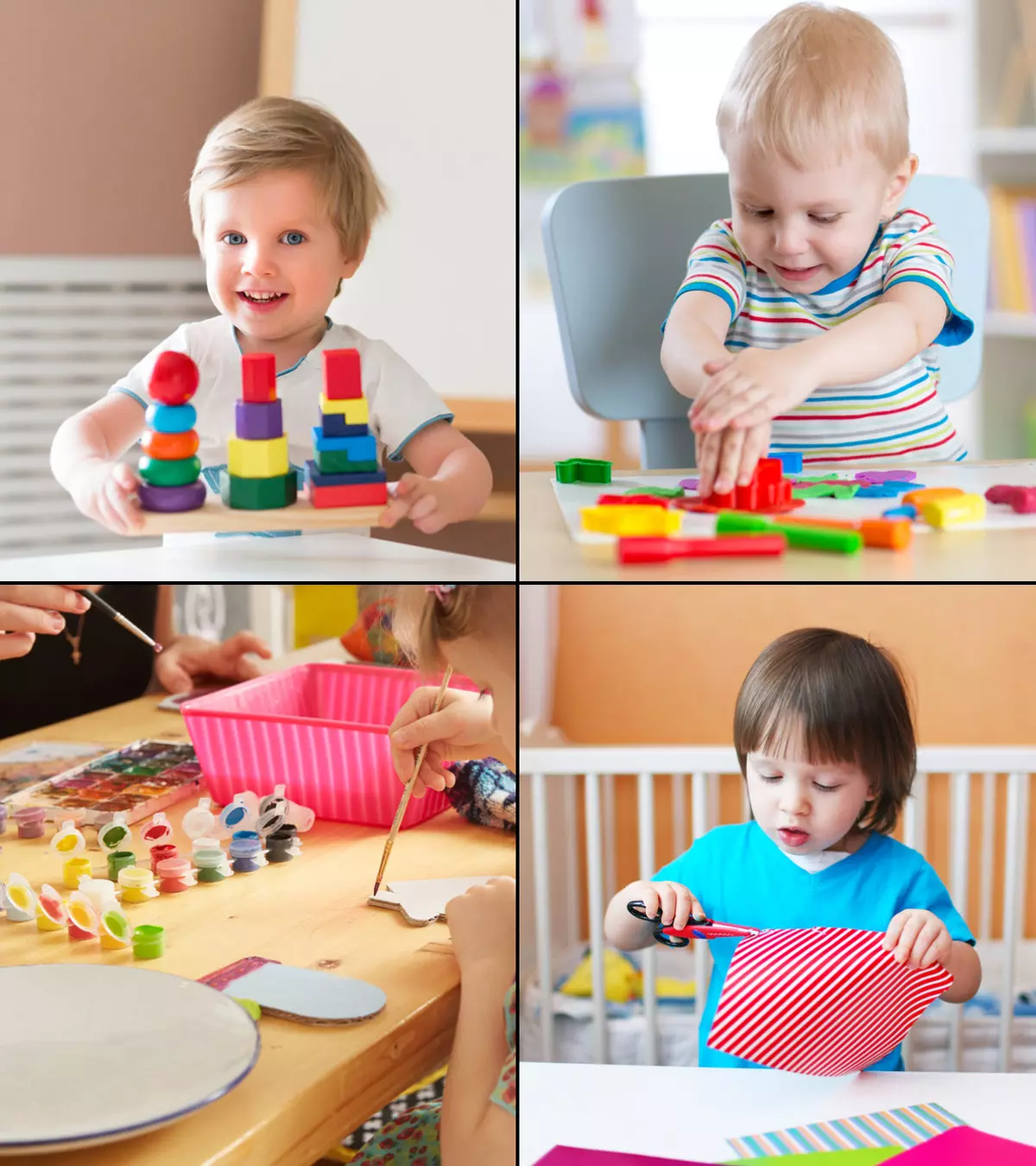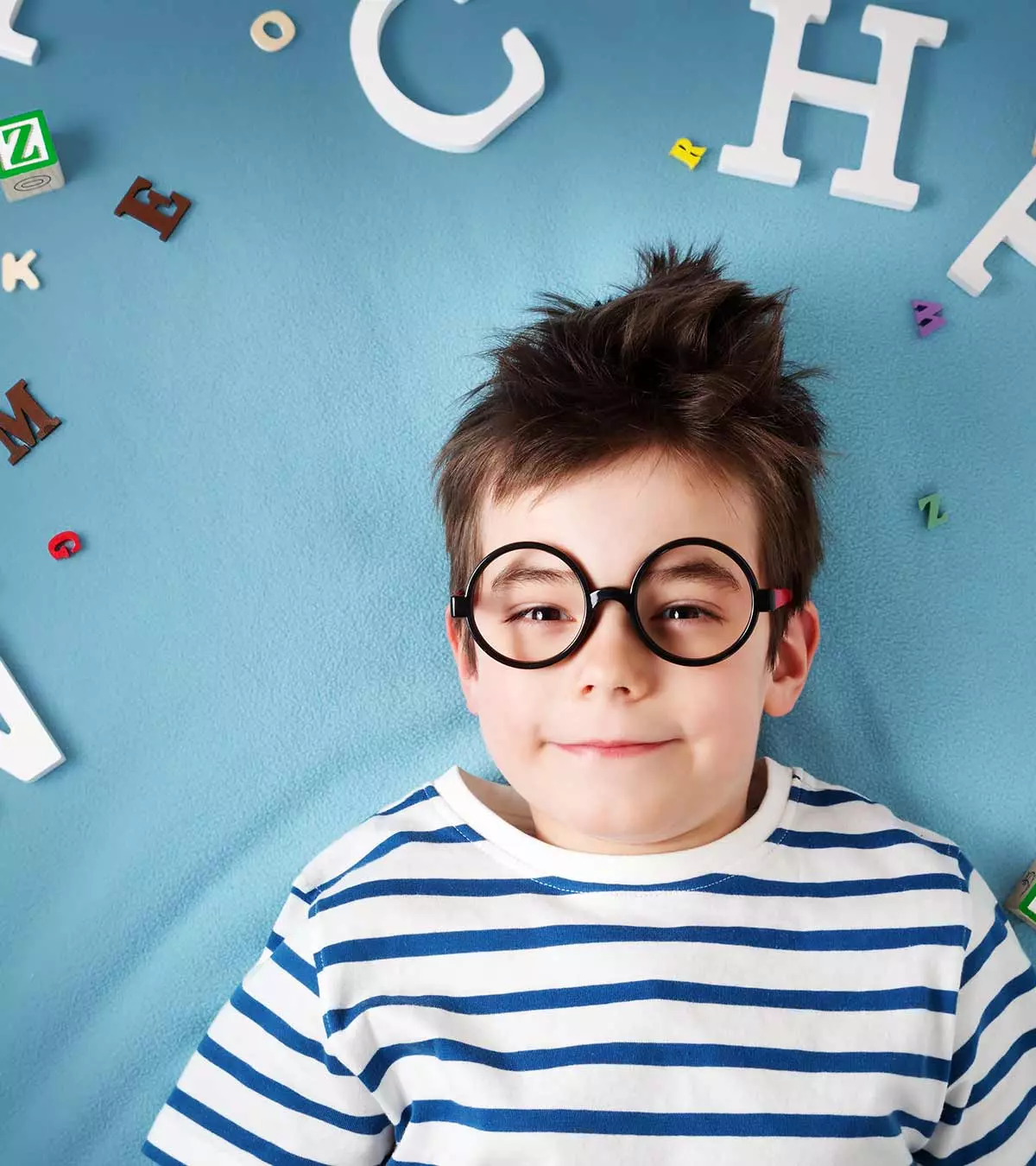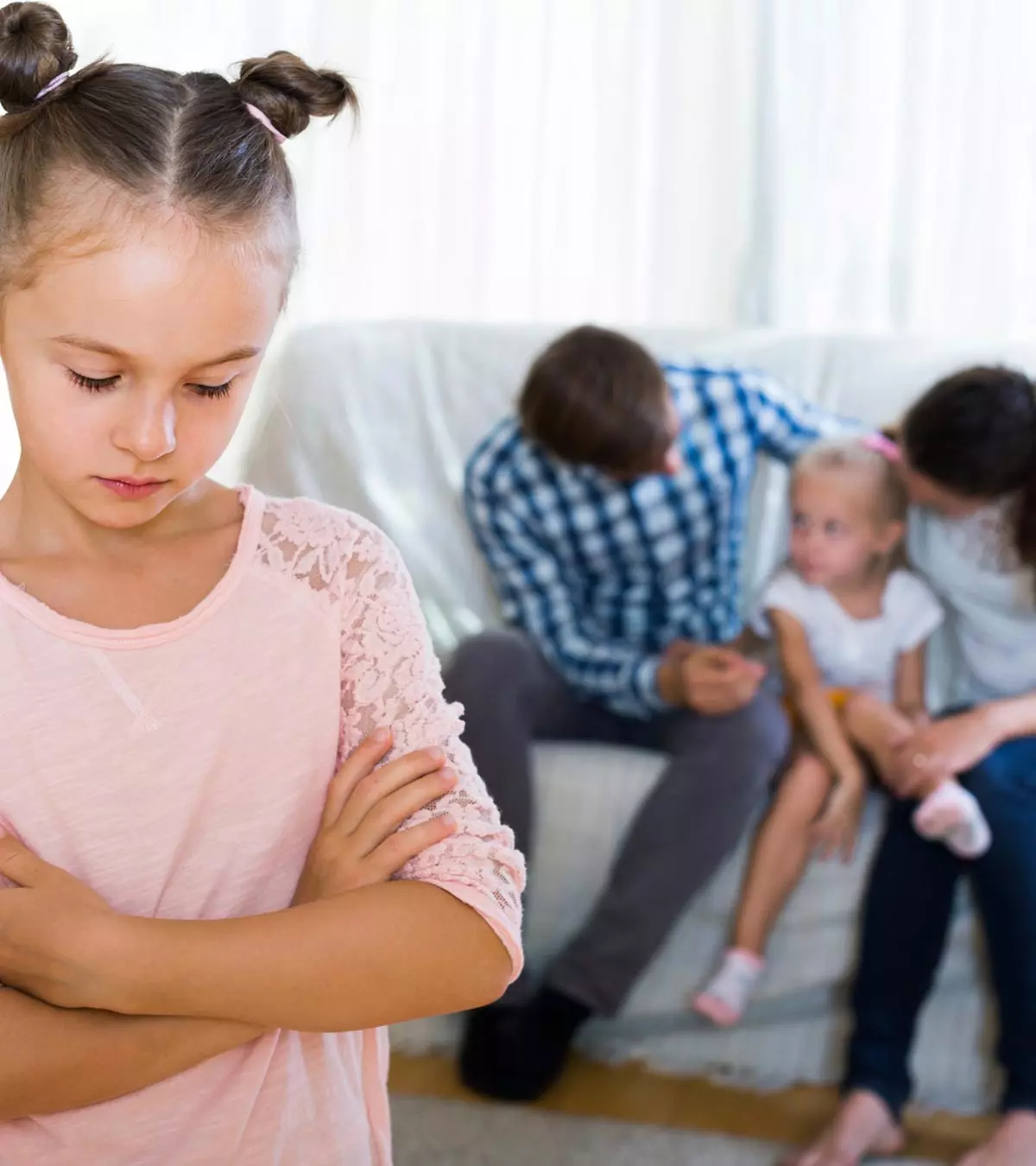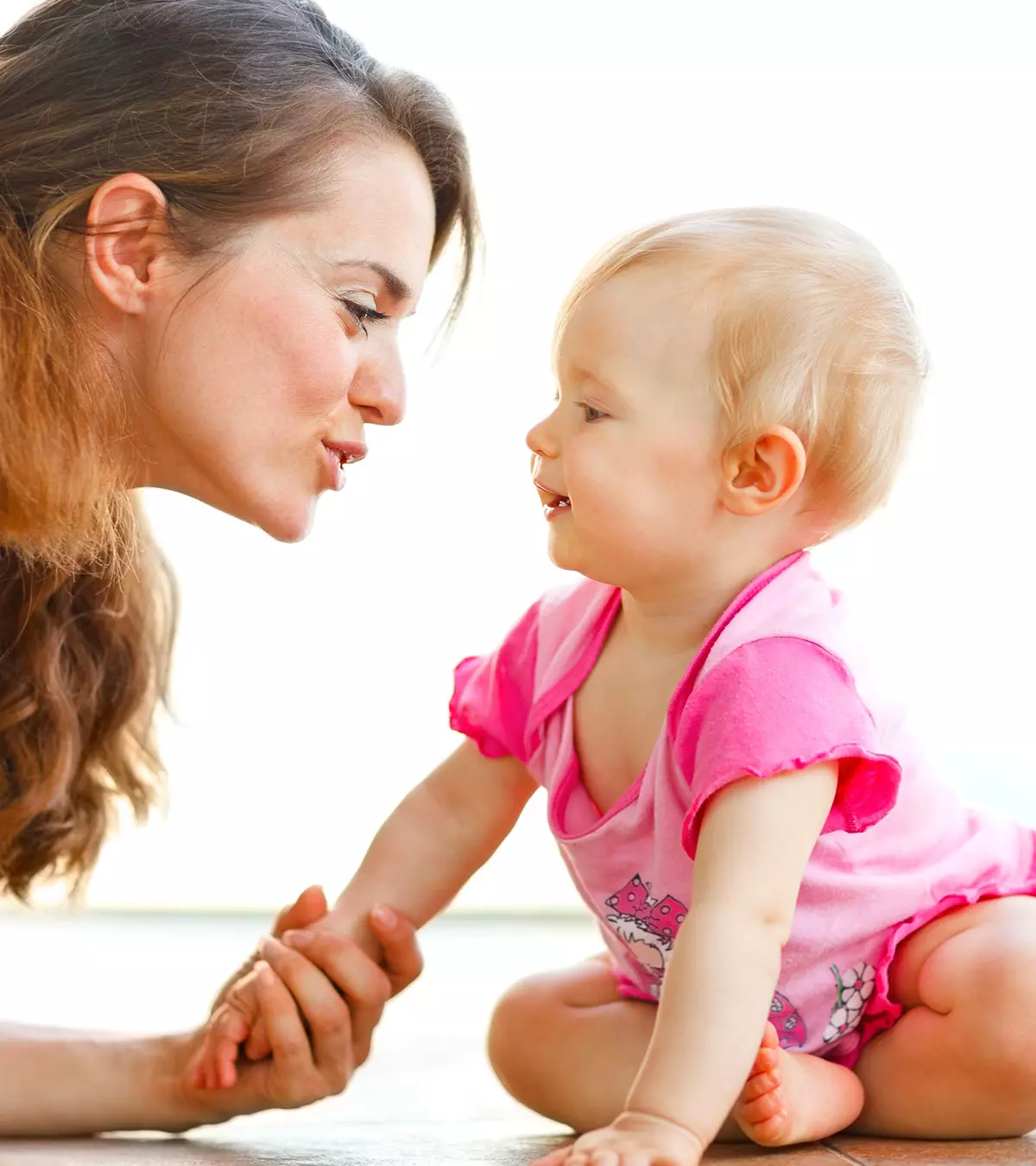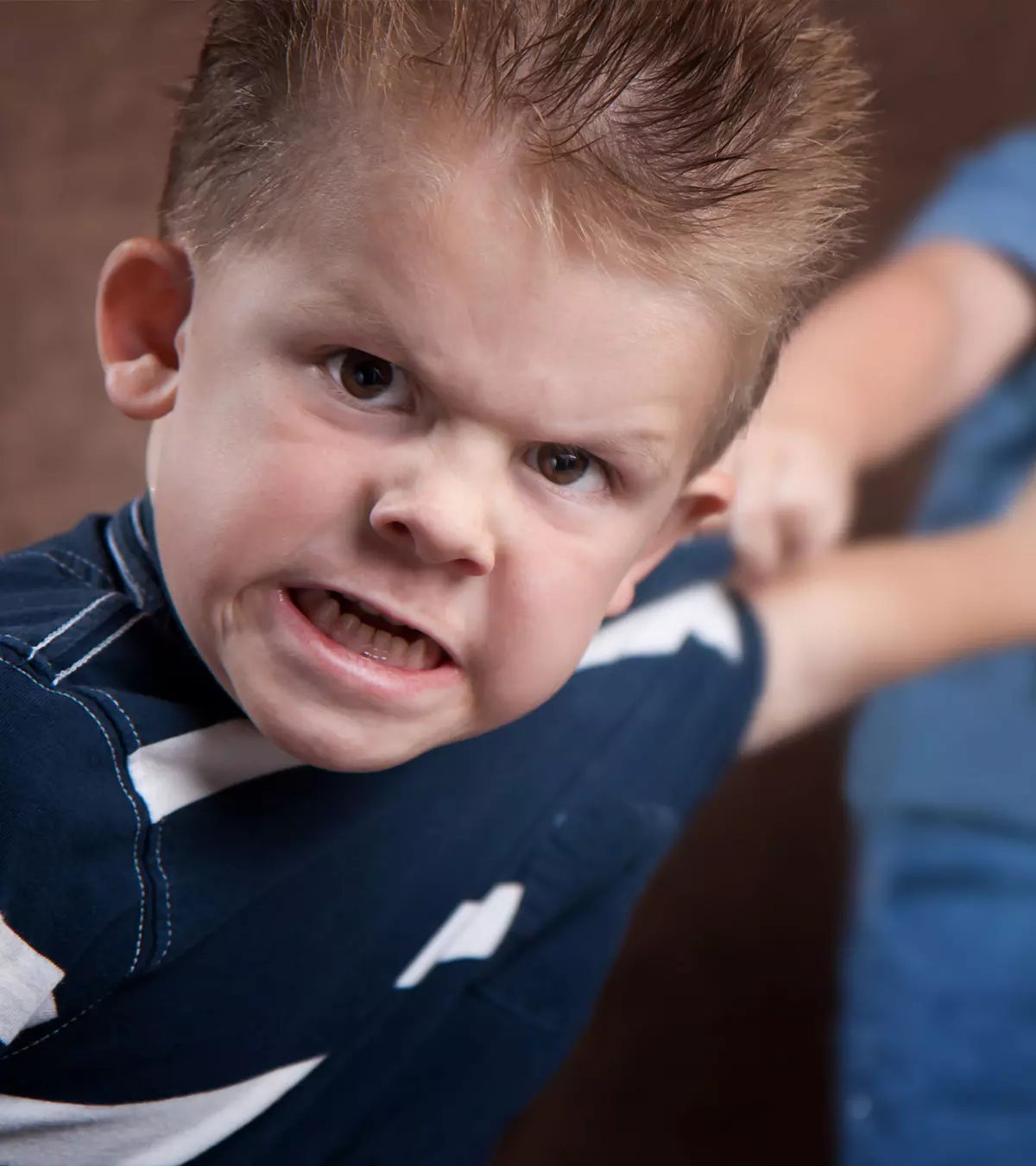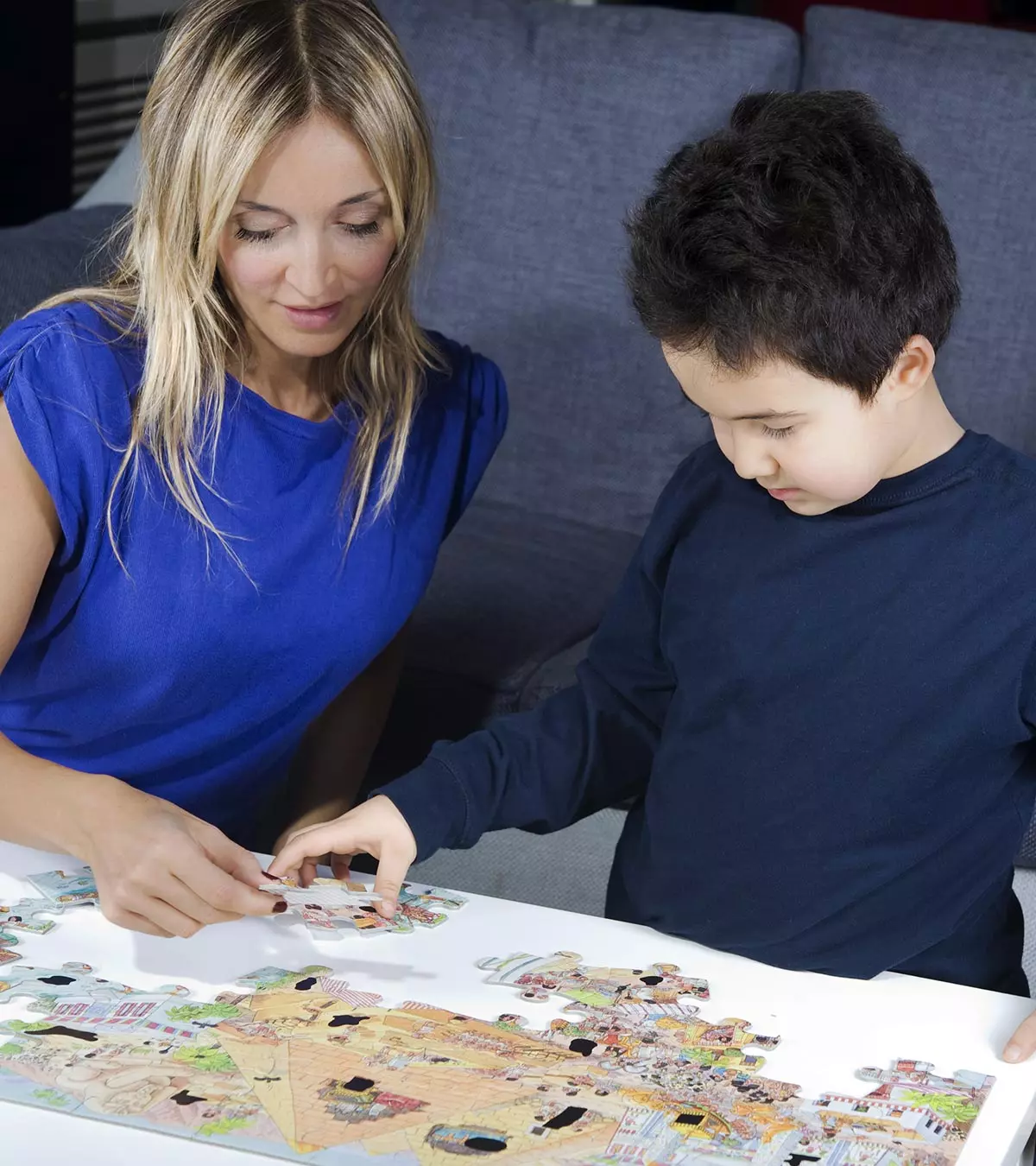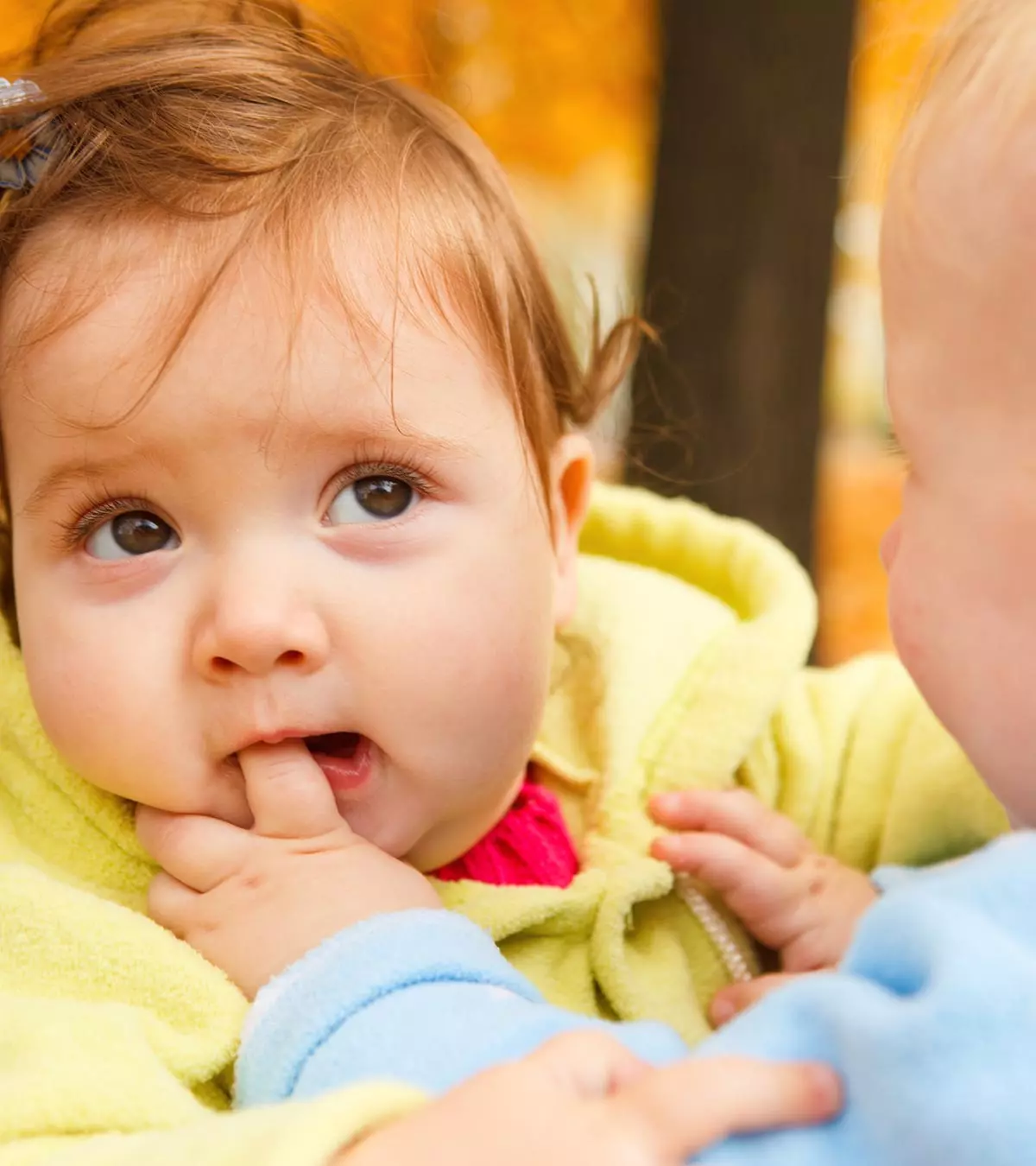MD

Claudia M. Gold is a pediatrician and writer who practiced pediatrics for over 20 years and currently specializes in infant-parent mental health. She is on the faculty of the Infant-Parent Mental Health Fellowship Program at University of Massachusetts Boston, the Brazelton Institute at Boston Children’s Hospital, and the Berkshire Psychoanalytic Institute. She has written 4 books: The Power of Discord with co-author Ed Tronick (June 2020), The Developmental Science of Early Childhood (2017),The Silenced Child (2016), and Keeping Your Child in Mind (2011). She speaks frequently for audiences of parents and professionals and writes regularly for her online blog
MomJunction believes in providing the most accurate content to its readers. Hence we get our articles reviewed by highly skilled experts in the relevant fields. The articles are reviewed to ensure their authenticity, factual correctness, and relevance. The board members also add inputs drawn from their years of experience. Learn more about our medical review board.




